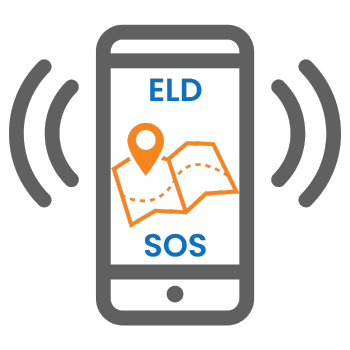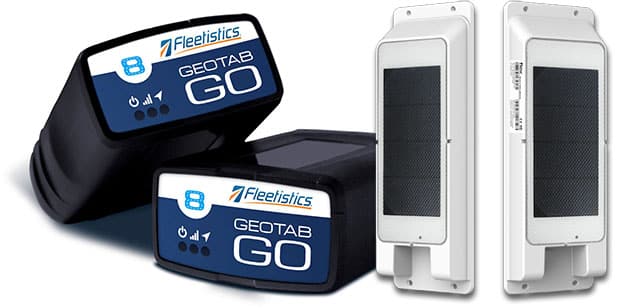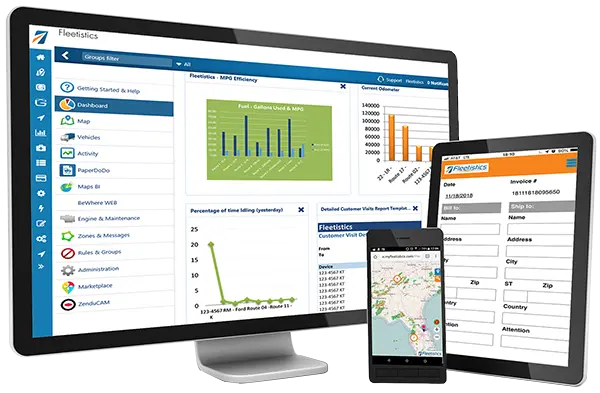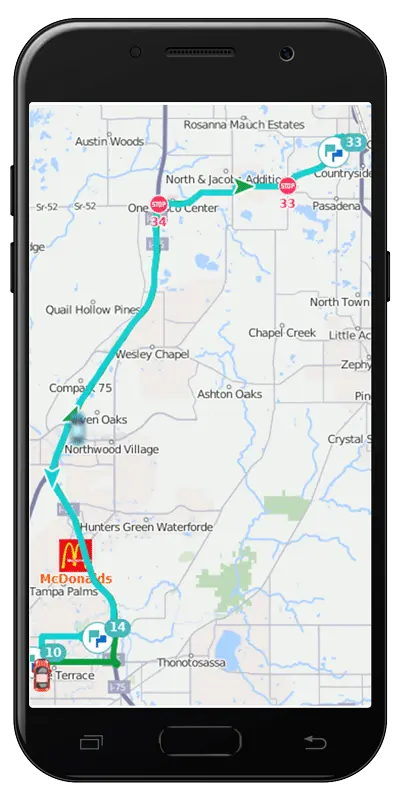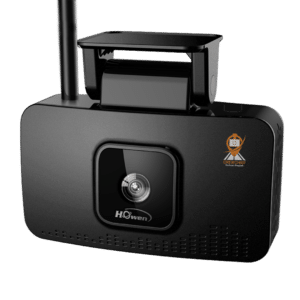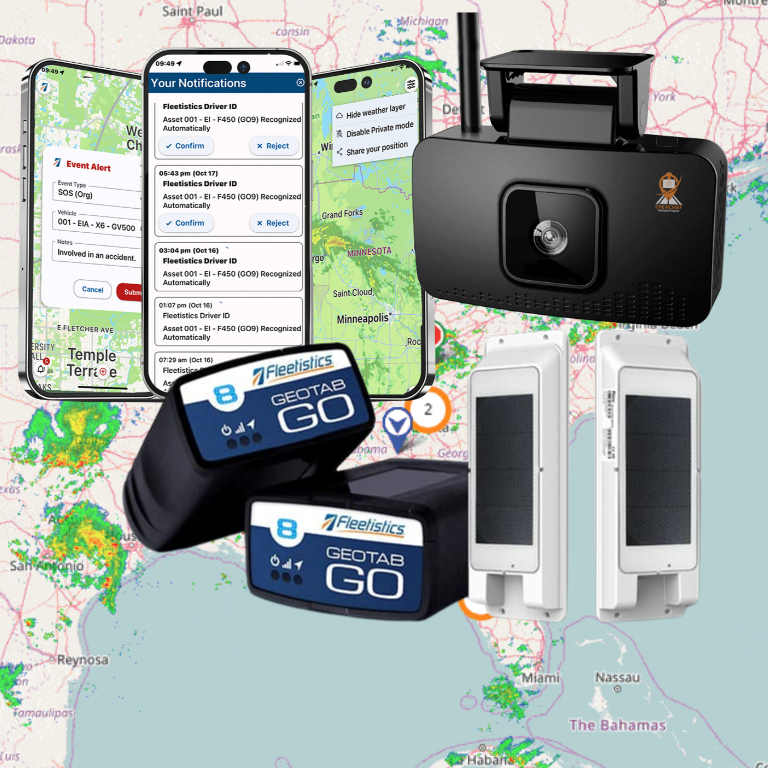In today’s rapidly changing world, the significance of accurate and efficient public transport cannot be overstated. With the prevalent use of displacement sensing devices such as GPS tracking systems and smart cards, modernizing public transport has become a priority for many cities around the world.
We explore 3 key technologies that are driving the modernization of public transport: GPS tracking systems with live location sharing at bus stops, mobile applications for cashless payment systems, and the implementation of driver identification and route profitability reporting.

GPS Tracking Systems:
Moving towards modernizing public transport
One of the key advancements in the modernization of public transport is the implementation of GPS tracking systems. GPS tracking systems have revolutionized the way bus timings are monitored and communicated to passengers. Gone are the days of waiting at bus stops in uncertainty, unsure of when the next bus will arrive.
With GPS tracking systems, bus operators can track the location of their buses in real time and share this information with passengers.
Passenger Information Systems integrated with GPS tracking systems provide passengers with easy and fast access to information, allowing them to be aware of various issues in the field of public transportation (Ghorabaee et al., 2021). These passenger information display systems, present at bus stops and on buses themselves, enhance the service quality perceived by passengers by providing real-time updates on bus locations and arrival times (Tahmasseby, 2022).
Commuters no longer have to rely on outdated schedules or wait in uncertainty at bus stops. With the help of GPS tracking systems, bus operators can monitor the timing and peak in public headcount, leading to better management of resources(Kumar et al., 2021).
Mobile Applications:
Moving towards modernizing public transport
In addition to GPS tracking systems, the use of mobile applications for cashless payment systems has further improved the efficiency and convenience of public transportation. Through mobile applications, passengers can now make cashless payments for their bus fare, eliminating the need for carrying exact change or searching for a ticket booth. Furthermore, mobile applications also offer added features such as route planning and live location sharing at bus stops. These features not only make it easier for passengers to navigate the public transport system, but they also contribute to a more seamless and enjoyable commuting experience. This not only reduces the hassle of carrying exact change but also speeds up the boarding process, ultimately improving efficiency and reducing travel time.
Driver Identification Systems:
Moving towards modernizing public transport
Another significant aspect of modernizing public transport is the implementation of driver identification systems.
Driver identification is crucial for ensuring the safety and security of both passengers and drivers. With the implementation of driver identification systems, public transport authorities can ensure that only authorized drivers are operating the vehicles. This helps to prevent unauthorized individuals from taking control of the vehicles and ensures that drivers are held accountable for their actions. Additionally, driver identification systems also enable better monitoring and management of routes. Transport authorities can track which drivers are assigned to which routes, allowing them to assess driver performance and make adjustments if necessary.
Route reporting:
Moving towards modernizing public transport
Furthermore, route profitability is another important aspect that comes into play with the modernization of public transport. Route profitability refers to the ability to identify and assess the financial performance of specific bus routes. By analyzing the data from GPS tracking systems, transport authorities can make informed decisions such as arranging extra buses during peak hours.
This information can then be used to optimize bus schedules, allocate resources effectively, and even explore new routes that may attract more passengers. This not only improves the overall commuting experience for passengers but also helps them plan their journeys more efficiently.
Overall, the modernization of public transport through the use of GPS tracking systems, mobile payment applications, driver identification, and route profitability reporting has had a profound impact on the efficiency and convenience of public transportation systems. GPS tracking systems with live location sharing at bus stops have revolutionized the way bus timings are monitored and communicated to passengers. Moreover, the use of mobile applications for cashless payment systems has made payments more convenient and secure for passengers.
Failure to invest in public transportation infrastructure modernization, also referred to as State of Good Repair (SGR) can result in significant consequences. The American Public Transportation Association Article


